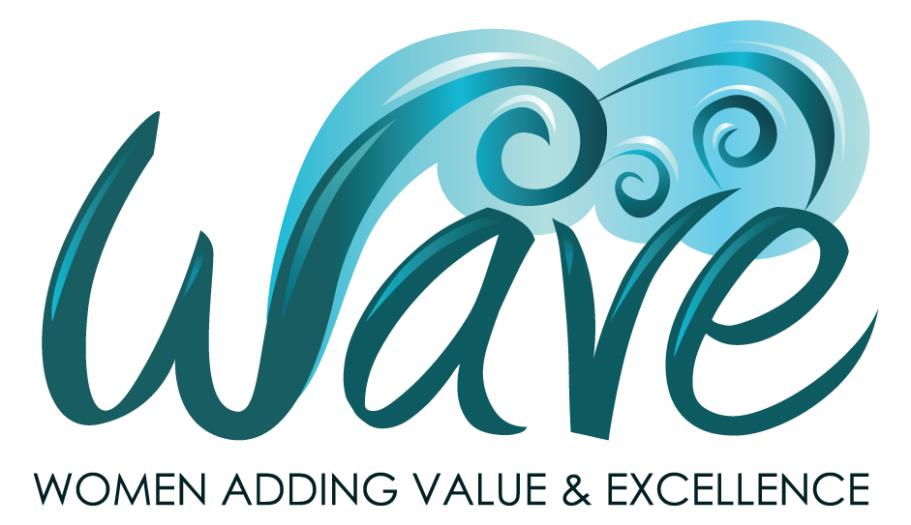
One of the highlights of last week was the WAVE annual event at which we delivered the keynote and moderated a panel discussion with trailblazing women in corporate America. WAVE stands for Women Adding Value & Excellence. This three-year-old volunteer organization is the brainchild of Susan Baxley of Teradata and Christine Tombelesi of GE. The title for the event: The Conversation – From Thorns to Roses: How People Deal with Critical Conversations and, quite specifically, how women and men deal with these challenging situations.
Becky Dannenfelser, my business partner, delivered the keynote with her usual grace and good humor. Following that, I moderated a panel discussion with four spectacular women representing UPS, W.W. Grainger, GE Capital, and Google. These four leaders shared personal stories and insights the audience found both practical and revealing. One of them confessed that in fact, early in her career, she was terrible at this skill but gained confidence in tackling the most difficult of conversations through practice and preparation.
Are there differences in the way women and men handle difficult conversations?

These two significant statistics shared during Becky’s keynote were revealing in terms of the assumptions we cart into the workplace (source: the recent book by Annis & Gray, Work with Me).

From VitalSmarts research there is ample evidence that as a culture, many of us – men and women – delay the potentially difficult conversation more than a month, often even more than a year. On the other side of that stat is the reality that most of us also do not do our homework, so we may walk boldly into a difficult conversation that we are not prepared to have. It blows up. Nothing is gained and much is lost. It becomes a negative memory that dogs us into the next potentially difficult conversation, so we hesitate.
How to disarm this cycle, converting the thorns to roses? In the keynote and in the panel discussion, every woman pointed to the essential first step of preparation and how critically important it is to understand your audience, their values, their perspective, their motivation. Several panelists pointed to distinctions emerging that reflect more of a generational difference in some cases than one based on gender. For example, how Millennials are stretching the GenX and Boomer managers in terms of greater transparency and engagement. How the mantra of “I paid my dues so you need to, too” is being undermined by a younger perspective on what is possible.“Fierce conversations do take time. The problem is anything else takes longer.” Susan Scott
During the reception that followed, many women came up to me and Becky with grateful comments about the experience. For example, the hope they felt simply by hearing the stories of successful women who had not always handled difficult conversations with grace yet had learned to engage courageously through better preparation and self-awareness. They were thankful for the opportunity during the speech to turn to a neighbor and begin to take a new view of how to approach their next challenge.
We provided a worksheet during the session for individuals to explore the 4 key steps in preparing for a challenging conversation:
1) Know your audience
2) Know yourself
3) Know the facts of the situation
4) Know the direction you want to take the conversation
For the complete preparation worksheet, we invite you to click on this button:
We complain because rose bushes have thorns, or rejoice because thorn bushes have roses.” Abraham Lincoln
